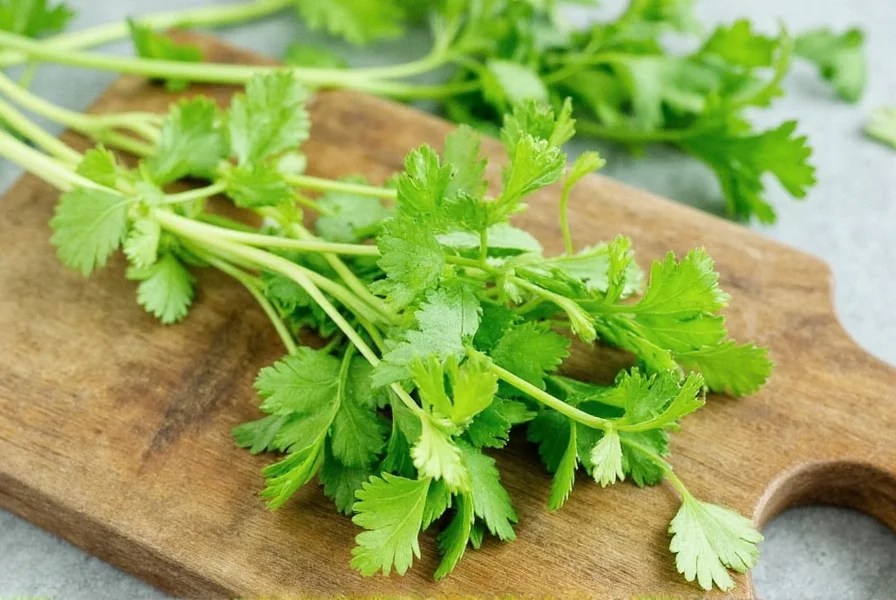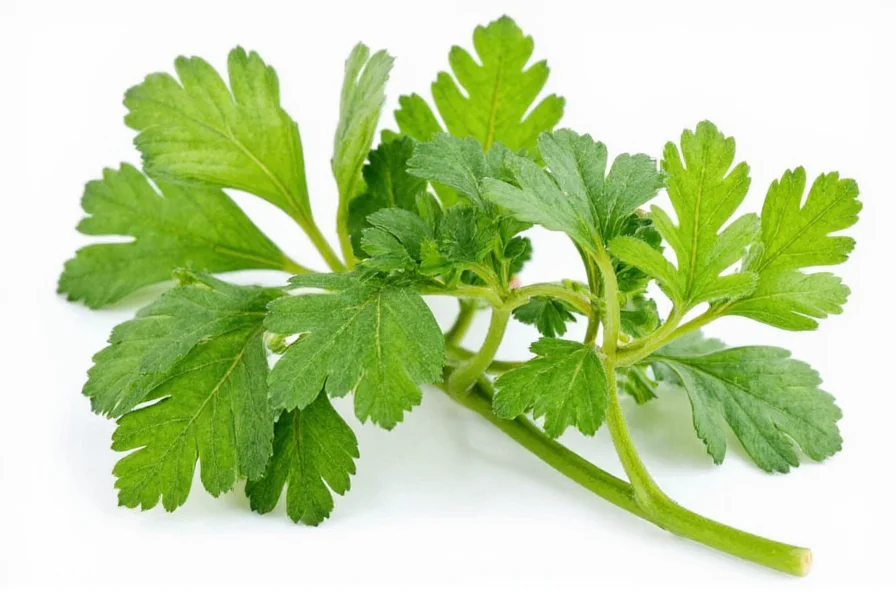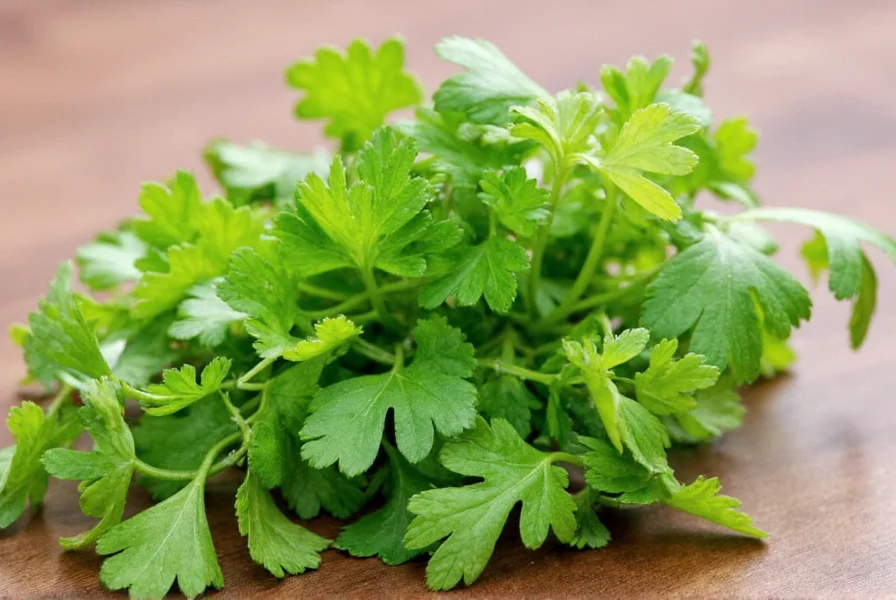When you're in the middle of cooking and realize you've run out of coriander, knowing reliable alternatives can save your recipe. Coriander refers to both the fresh leaves (commonly called cilantro in the Americas) and the dried seeds of the Coriandrum sativum plant, which have distinctly different flavor profiles. Understanding these differences is crucial for selecting the right substitute that maintains your dish's intended taste.
Understanding Coriander Varieties
Before exploring alternatives, it's important to distinguish between the two main forms of coriander used in cooking:
- Fresh coriander (cilantro) - The leafy green part with a bright, citrusy flavor that some describe as soapy (due to a genetic predisposition)
- Coriander seeds - The dried seeds with warm, nutty, slightly citrus notes that become more pronounced when toasted
These two forms are not interchangeable in recipes, so your substitution approach must match which component you're replacing. This distinction is particularly important for authentic fresh coriander substitutes versus coriander seed alternatives.

Best Substitutes for Fresh Coriander (Cilantro)
Fresh coriander presents the biggest substitution challenge because of its unique flavor profile. When seeking a cilantro replacement for Mexican, Thai, or Indian dishes, consider these options:
Parsley and Citrus Combination
The most accessible substitute combines flat-leaf parsley (which provides similar texture) with a squeeze of lime or lemon juice (to mimic coriander's citrus notes). Use equal parts parsley to the coriander called for in your recipe, plus 1-2 teaspoons of citrus juice per ¼ cup of herbs. This works particularly well as a substitute for coriander in salsa or as a garnish for soups and curries.
Culantro (Sawtooth Coriander)
Not to be confused with cilantro, culantro has a stronger, more persistent flavor and tougher leaves. Use about half the amount of culantro compared to fresh coriander, as its flavor is more intense. This is an excellent coriander leaf substitute for Caribbean and Latin American dishes where it's commonly used.
Other Herb Blends
For specific applications:
- For guacamole: A mix of basil and mint (1:1 ratio) with lime juice
- For Thai dishes: A combination of Thai basil and mint
- For Indian chutneys: Mint with a pinch of cumin powder
| Substitute | Ratio | Best For | Limitations |
|---|---|---|---|
| Parsley + citrus juice | 1:1 parsley + 1-2 tsp citrus per ¼ cup | Salsas, garnishes, light sauces | Lacks distinctive coriander flavor |
| Culantro | ½ amount of coriander | Caribbean, Latin American dishes | Stronger flavor, not widely available |
| Mint + cumin | 1:1 mint + pinch cumin | Indian chutneys, raitas | Not suitable for Mexican dishes |
| Basil + mint + citrus | Equal parts herbs + citrus | Thai and Southeast Asian dishes | Changes flavor profile significantly |
Best Substitutes for Coriander Seeds
Dried coriander seeds have a warmer, more earthy flavor than the fresh leaves. When you need a ground coriander substitute for curry or other spice-heavy dishes, these alternatives work well:
Cumin
Cumin provides the closest flavor match to coriander seeds, with earthy, warm notes. Use a 1:1 ratio when substituting ground cumin for ground coriander. For whole seeds, toast the cumin seeds briefly to enhance their flavor before using. This is the most reliable coriander seed replacement for Indian cooking where both spices often appear together.
Garam Masala
Since garam masala typically contains coriander as one of its primary ingredients, it makes an excellent substitute in Indian and Middle Eastern dishes. Use about half the amount of garam masala compared to the coriander called for, as it contains multiple spices. This works particularly well as a substitute for coriander in biryani or other complex spice blends.
Caraway Seeds
Caraway has a similar earthy, slightly citrus profile but with more pronounced anise notes. Use half the amount of caraway compared to coriander, as its flavor is stronger. This substitute works best in European and North African dishes rather than Asian cuisine.

When Substitution Won't Work
Some dishes rely so heavily on coriander's unique flavor that substitutes significantly alter the intended taste. These include:
- Traditional Indian dhaniya (coriander) chutney
- Middle Eastern zhug or skhug (coriander-based hot sauce)
- Certain Thai curry pastes where fresh coriander root is essential
- Mexican pico de gallo where cilantro is a defining ingredient
In these cases, consider adjusting your menu rather than forcing a substitution that will compromise the dish's authenticity. For those seeking a near perfect coriander substitute for specific regional cuisines, researching specialty ingredients available at ethnic markets might yield better results than common pantry alternatives.
Pro Tips for Successful Substitution
When replacing coriander in your recipes:
- Consider the dish's cultural context - Some cuisines have traditional alternatives that maintain authenticity
- Adjust quantities gradually - Start with less substitute than you think you need, then taste and adjust
- Toast dried spices - Enhances flavor complexity when using seed substitutes
- Combine substitutes - For fresh coriander, a blend of herbs often works better than a single alternative
- Consider the dish's other ingredients - A substitute that works in a tomato-based dish might not work in a coconut milk curry
Understanding these nuances makes the difference between a recipe that merely works and one that maintains the intended flavor profile. For those exploring coriander alternatives for specific dietary needs, many substitutes also accommodate common restrictions while preserving flavor integrity.











 浙公网安备
33010002000092号
浙公网安备
33010002000092号 浙B2-20120091-4
浙B2-20120091-4